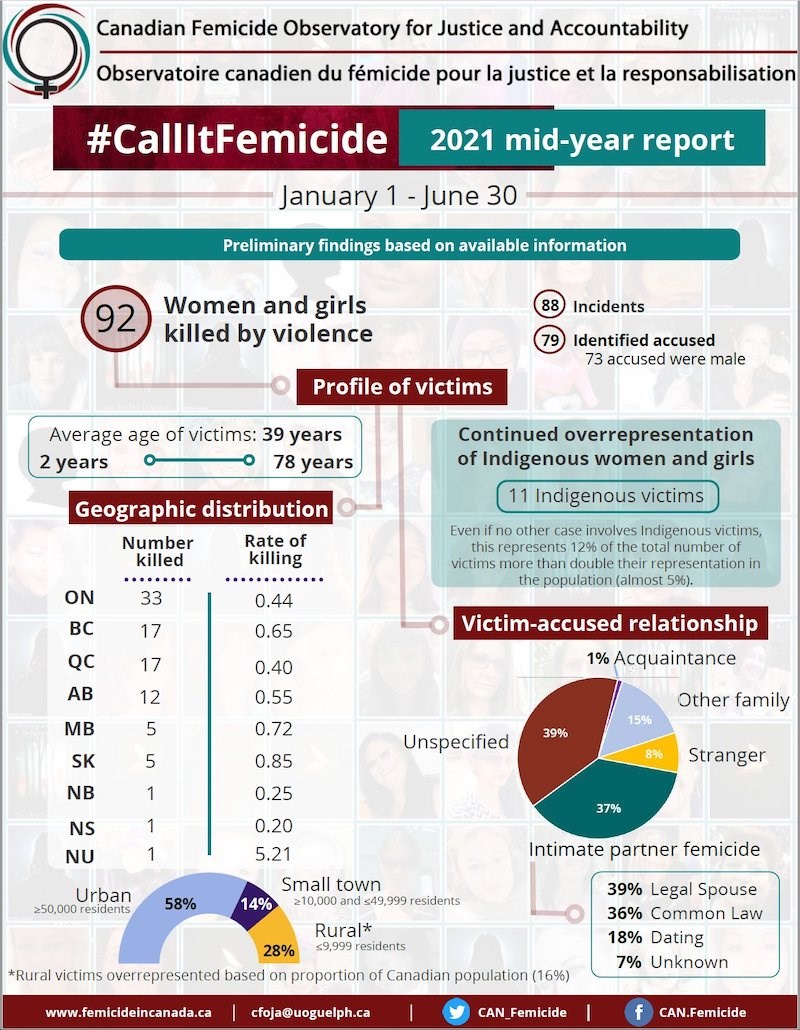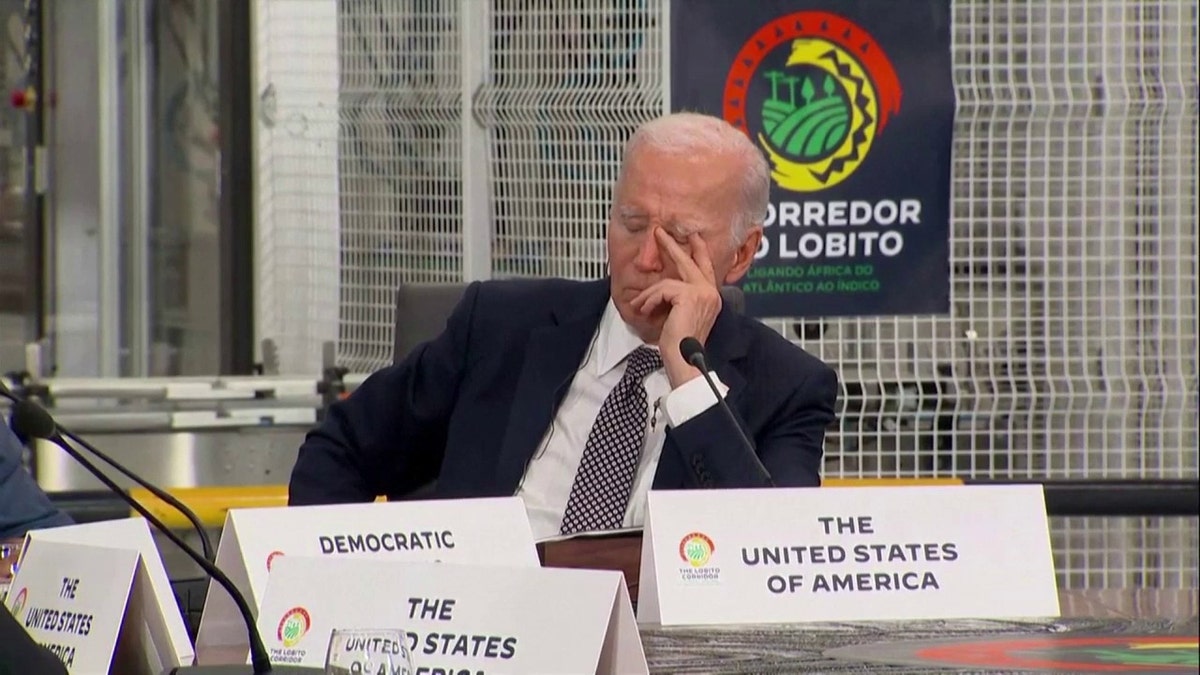What Is Femicide And Why Are Incidents Increasing?

Table of Contents
Defining Femicide: Beyond Simple Homicide
Femicide is the intentional killing of women because they are women. It's crucial to differentiate femicide from general homicide; while both involve the killing of a person, femicide specifically targets women due to their gender. This gendered element is paramount to its classification. The motivation behind the killing stems from patriarchal structures, gender inequality, and the devaluation of women's lives. Femicide encompasses various forms, including:
-
Intimate partner femicide: The killing of a woman by her current or former partner.
-
Femicide linked to honor killings: Murders committed in the name of protecting family honor, often targeting women perceived to have brought shame upon their families.
-
Femicide related to trafficking or exploitation: The killing of women who are victims of human trafficking or sexual exploitation.
-
Femicide is gender-based violence. Understanding the context of violence against women is critical to addressing femicide effectively.
-
It's not just about the numbers; it's about understanding the patterns, motivations, and systemic issues that lead to these horrific crimes.
-
Specific legal definitions may vary by country, leading to inconsistencies in data collection and reporting. This necessitates a standardized approach to accurately track and address femicide globally.
Factors Contributing to the Rise in Femicide
Several interconnected factors contribute to the alarming rise in femicide incidents worldwide.
Societal Factors and Gender Inequality
Deep-rooted societal norms and gender inequality are significant drivers of femicide. Patriarchal structures that prioritize men and subordinate women create an environment where violence against women is normalized and even excused. Gender stereotypes that portray women as submissive or inferior perpetuate harmful attitudes and behaviors. Limited access to education, economic opportunities, and legal protection further exacerbates women's vulnerability.
- Lack of legal protections for women: Inadequate laws and weak enforcement contribute to impunity for perpetrators.
- Deep-rooted misogyny and cultural norms that condone violence: These create a climate where violence against women is accepted or minimized.
- Limited access to resources and support for survivors: A lack of safe shelters, counseling services, and legal aid hinders women's ability to escape abusive situations.
The Role of Impunity and Weak Law Enforcement
Inadequate investigation, prosecution, and sentencing of perpetrators significantly contribute to the problem. Corruption and a lack of accountability within law enforcement agencies further hinder justice. Underreporting of femicide cases is also prevalent due to fear, stigma, and a lack of trust in the authorities.
- Underreporting of femicide cases: Many incidents go unreported or misclassified, obscuring the true extent of the problem.
- Lack of specialized training for law enforcement on gender-based violence: This leads to inadequate investigations and a failure to recognize the gendered nature of the crime.
- Ineffective judicial systems that fail to deliver justice: Lenient sentences and a lack of accountability for perpetrators perpetuate cycles of violence.
The Impact of Conflict and Armed Violence
Conflict and instability dramatically exacerbate femicide rates. Women become highly vulnerable during times of war or political unrest, experiencing increased risks of sexual violence and murder. Displacement camps often lack adequate security and support systems, further endangering women.
- Sexual violence as a weapon of war: Femicide is frequently used as a tool of terror and control during armed conflicts.
- Increased risk of femicide in displacement camps: The lack of protection and resources in these settings makes women particularly vulnerable.
- Lack of safety and security for women in conflict zones: The breakdown of law and order creates an environment where violence against women flourishes.
Addressing the Rise in Femicide: Strategies for Prevention and Intervention
Combating femicide requires a multi-pronged approach that addresses its root causes and implements effective prevention and intervention strategies. This includes:
- Comprehensive legislation to protect women from violence: Stronger laws with effective enforcement are crucial.
- Investing in gender-sensitive law enforcement and judicial training: Training should focus on recognizing and investigating gender-based violence effectively.
- Supporting survivors through shelters and counseling services: Providing safe havens and support is vital for victims of violence.
- Raising public awareness about femicide and gender-based violence: Challenging harmful norms and promoting gender equality are essential.
Conclusion:
Femicide is a devastating manifestation of gender-based violence, fueled by societal inequalities, weak law enforcement, and conflict. Addressing this crisis demands a collective effort. We must challenge patriarchal norms, strengthen legal frameworks, improve law enforcement response, and provide comprehensive support to survivors. Learn more about femicide in your region, support organizations fighting against gender-based violence, and demand stronger legal protections and accountability for perpetrators. Let's work together to end femicide and create a world where women live free from fear and violence. Only through collective action can we hope to prevent femicide and ensure a future where all women are safe and valued.

Featured Posts
-
 Occasionverkoop Abn Amro Analyse Van De Recente Groei
May 21, 2025
Occasionverkoop Abn Amro Analyse Van De Recente Groei
May 21, 2025 -
 Stijgende Huizenprijzen Abn Amros Verwachting En De Dalende Rente
May 21, 2025
Stijgende Huizenprijzen Abn Amros Verwachting En De Dalende Rente
May 21, 2025 -
 Abn Amro Voorspelt Stijging Huizenprijzen Renteontwikkeling Cruciaal
May 21, 2025
Abn Amro Voorspelt Stijging Huizenprijzen Renteontwikkeling Cruciaal
May 21, 2025 -
 Hunter Bidens Recordings Insights Into Joe Bidens Mental Fitness
May 21, 2025
Hunter Bidens Recordings Insights Into Joe Bidens Mental Fitness
May 21, 2025 -
 Mesas New Funbox The Ultimate Indoor Bounce Park Experience
May 21, 2025
Mesas New Funbox The Ultimate Indoor Bounce Park Experience
May 21, 2025
Latest Posts
-
 Jalkapallo Kamara Ja Pukki Sivussa Avausottelussa Friisin Valinnat
May 21, 2025
Jalkapallo Kamara Ja Pukki Sivussa Avausottelussa Friisin Valinnat
May 21, 2025 -
 Friisin Yllaetys Kamara Ja Pukki Penkillae Avausottelussa
May 21, 2025
Friisin Yllaetys Kamara Ja Pukki Penkillae Avausottelussa
May 21, 2025 -
 Jalkapallo Kaellman Ja Hoskonen Jaettaevaet Puolalaisseuransa
May 21, 2025
Jalkapallo Kaellman Ja Hoskonen Jaettaevaet Puolalaisseuransa
May 21, 2025 -
 Kaellmanin Ja Hoskosen Puola Ura Paeaettyi
May 21, 2025
Kaellmanin Ja Hoskosen Puola Ura Paeaettyi
May 21, 2025 -
 Huuhkajat Kaksikko Kaellman Ja Hoskonen Laehtevaet Puolasta
May 21, 2025
Huuhkajat Kaksikko Kaellman Ja Hoskonen Laehtevaet Puolasta
May 21, 2025
